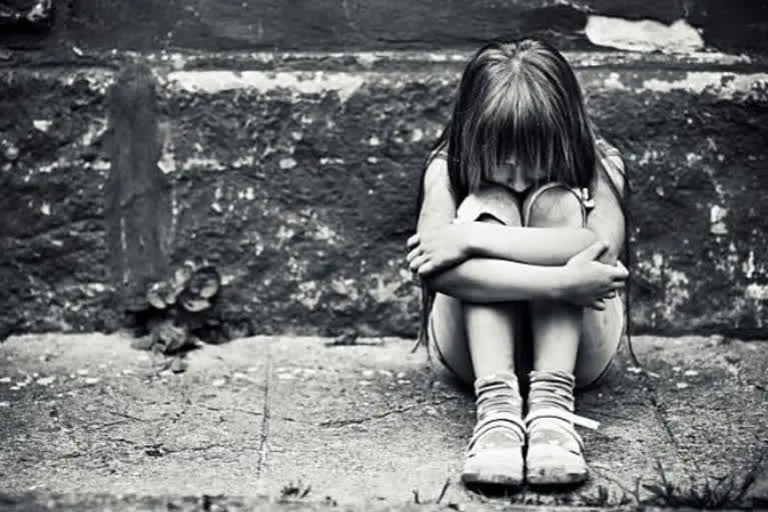California [US]: According to a Sacramento, California, research there were 10.5 per cent more children placed in foster care and 13.5 per cent more substantiated occurrences of child abuse and neglect in a census tract for every additional off-premises alcohol outlet there was. After accounting for a number of additional variables that might have an impact on the neighbourhood's rates of child abuse, that conclusion was reached.
According to lead study author and professor of social work at The Ohio State University Bridget Freisthler, the findings highlight the significance of alcohol availability in fostering the conditions that could result in child abuse. "The relationship between the alcohol environment and child abuse and neglect is complex," Freisthler said.
"Individual interventions to reduce substance use will not completely solve the problem without addressing the issue of alcohol supply." The study was published online recently in the journal Alcoholism: Clinical and Experimental Research. Three-time points were used to examine alcohol availability, child abuse, and neglect in 326 census block groupings in Sacramento (1999, 2001 and 2003).
It is quite challenging to obtain data this thorough at the local level, according to Freisthler, who said that she and her colleagues used this earlier data. She asserted that she thought the links identified by the study were still relevant today. The term "market potential" was used by the researchers to describe the overall potential demand for an item, in this case, alcohol, in a certain region.
"Market potentials are related to the number of bars, restaurants and off-premises alcohol outlets in a neighbourhood," Freisthler said. "Market potentials for alcohol use have not been assessed in a way that would allow us to understand how they might be associated with alcohol-related problems, such as child abuse and neglect."
Also read:Alcohol misuse linked with risk of severe COVID-19: Study
Measures of child abuse and neglect were employed by the researchers from Sacramento County's child protective services. Because younger parents are more likely to be involved with child protective services, the study's focus was on parents aged 18 to 29. Additionally, surveys of Sacramento residents who were asked about their alcohol usage were used to determine the patterns of use.
Counting locations that serve alcohol was done using information from state alcohol licences. The findings indicated that 3.2 per cent more kids entering foster care due to alcohol-related issues was correlated with a neighbourhood's per capita alcohol use being 1 per cent higher. According to Freisthler, a high bar must be crossed before concluding that a child's safety is at risk due to their parents' drinking. This shows that the objective should be to lower overall alcohol consumption among people aged 18 to 29.
"Strategies that reduce drinking, even among those who drink at lower levels, may reduce alcohol-related foster care entries," she said. One important way to do that would be to make alcohol less easily available in neighborhoods. "What happens is that these stores that sell alcohol are placed into neighborhoods where, for example, they have more young people who also tend to drink more," Freisthler said.
"It perpetuates a cycle in which a population, young adults, that tends to drink more is given easier access to alcohol, which leads to more drinking. And the end result is more child maltreatment." The study found that the presence of a store selling alcohol - a measure of alcohol supply - had a link to child abuse and neglect even after controlling for the alcohol market potential of 18- to 29-year-olds living in the neighbourhood.
"This suggests that the location of an off-premises outlet within a neighborhood may impact child maltreatment outside of the alcohol consumed by those who live there," Freisthler said. "We have to pay more attention to how the supply and availability of alcohol has an impact on child maltreatment if we want to make a real difference." (ANI)
(This story has not been edited by ETV Bharat and is auto-generated from a syndicated feed.)
